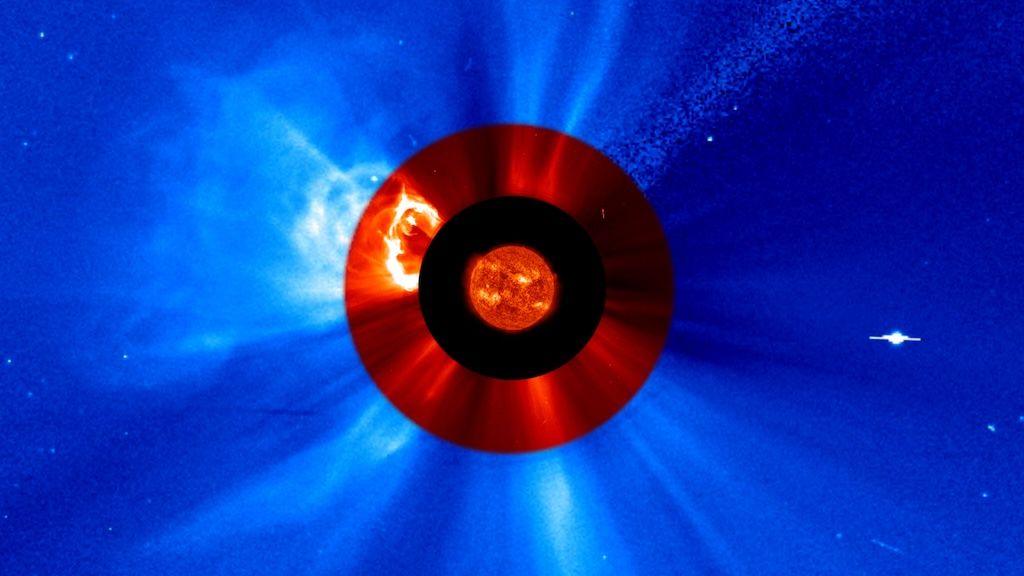Scientists shine light on the Sun's magnetic field

The way we understand the Sun's magnetic field could be changing
- Published
We rely on it for daily life but there's a lot we don't know about the Sun.
Scientists from all over the world have been working together to try and solve a mystery spanning back 400 years to find out where its magnetic field comes from.
Its something that has confused people for centuries, including a famous astronomer called Galileo Galilei who lived from the mid 1500s.
It's thought this discovery could be used to help predict future activity, including the solar storms that have lead to the Northern Lights putting on a show across the world recently
More like this
New photos reveal the strange surface of the Sun
- Published4 May 2024
Did you see the Northern Lights?
- Published11 May 2024

Solar hot energy flares and coronal mass ejections release hot gases into space
What is the Sun's magnetic field?
According to NASA: "Magnetic fields are produced in the Sun by the flow of electrically charged ions and electrons."
Similar to the Earth, the Sun is like a big magnet, but much stronger.
Sunspots are caused by concentrations of the magnetic field that can be as big as planets and which spew out solar flares and cause solar storms.
This happens more frequently, depending on where the Sun is in its 11-year solar cycle. Currently the star is experiencing some of its highest activity levels.
NASA says we've recently had one of the most intense solar storms to reach Earth in 20 years, which produced possibly one of the strongest displays of auroras on record in the past 500 years.
Why is this discovery about the Sun's magnetic field important?

People in the UK had a chance to see the Northern Lights earlier this month
Theories suggested that the magnetic field was made deep within the star, more than 130,000 miles down. Now scientists are suggesting the solar dynamo begins much closer to the surface, around 20,000 miles so a lot closer to the surface.
Not only does the new discovery help us better understand how the Sun’s works but it also could help scientists forecast powerful solar storms.
Although this month’s strong solar storms released beautiful views of the Northern Lights, similar storms can damage Earth-orbiting satellites, electricity grids and radio communications.
Are we able to monitor the Sun's activity?

This is the JEDI
New technology is also set to help. NASA has recently announced it has selected a new instrument to study the Sun and how it creates massive solar eruptions.
The Vigil space mission is due to launch in 2031, aimng to provide around-the-clock space weather data.
The agency’s Joint EUV coronal Diagnostic Investigation, or JEDI, will capture images of the Sun in extreme ultraviolet light which NASA says "will reveal many of the underlying mechanisms of the Sun’s activity."
- Published3 May 2024

- Published6 December 2023

- Published20 May 2024

